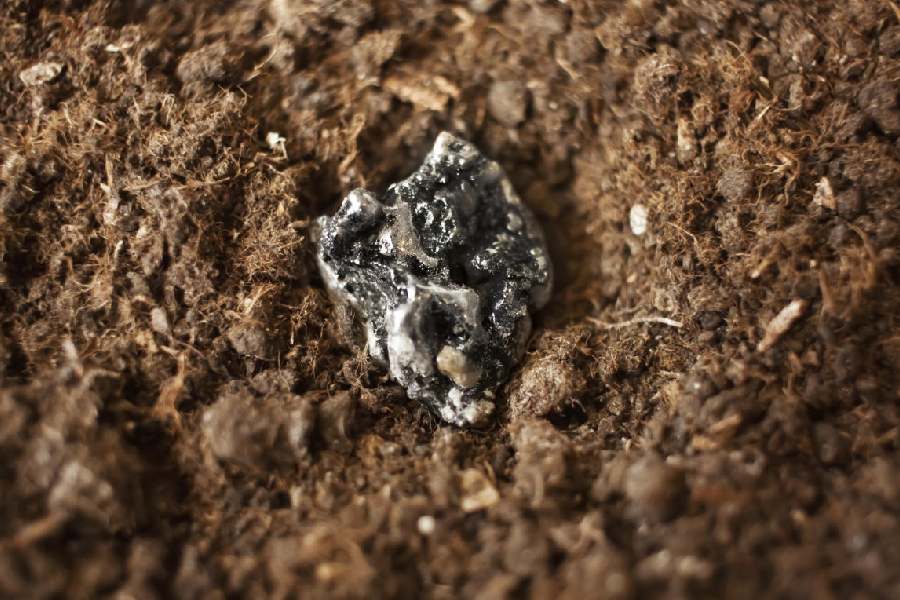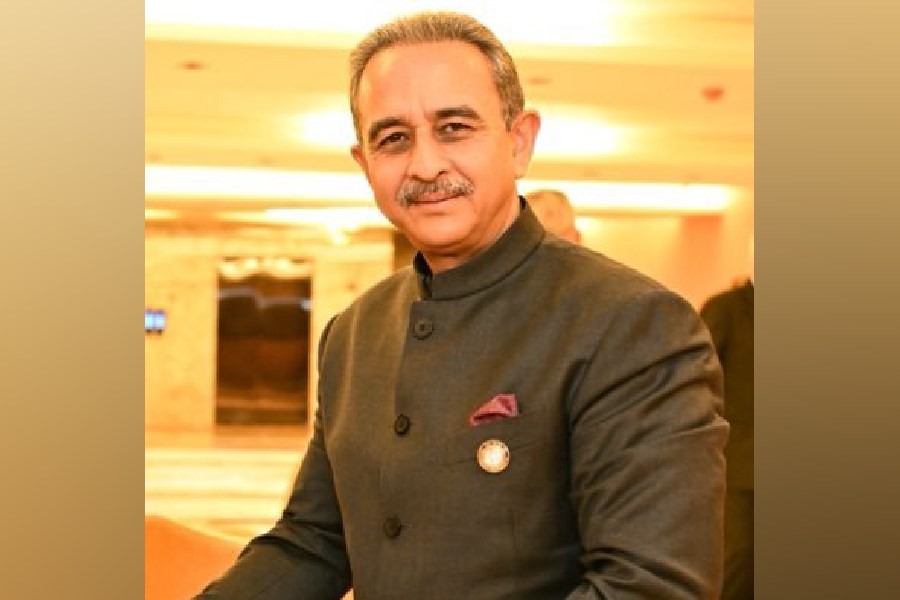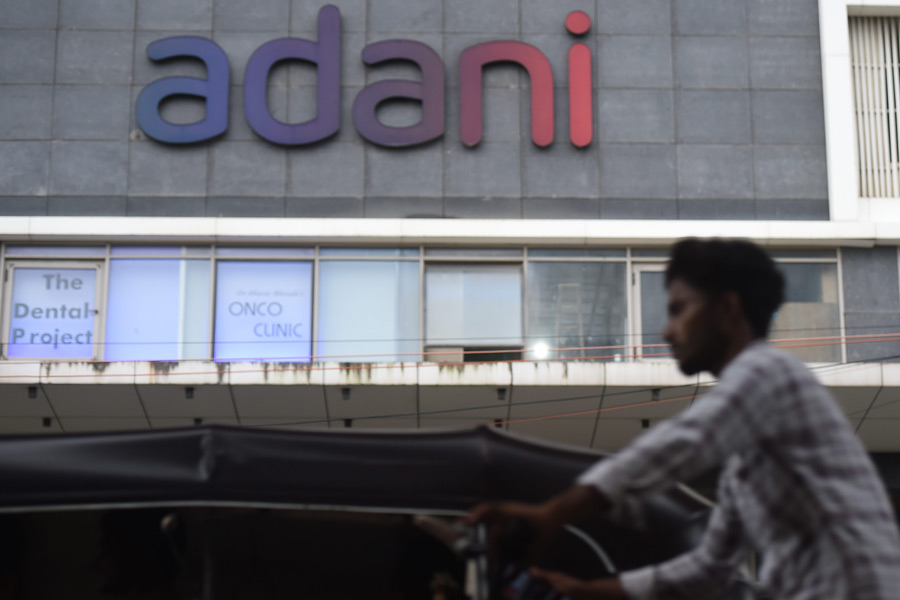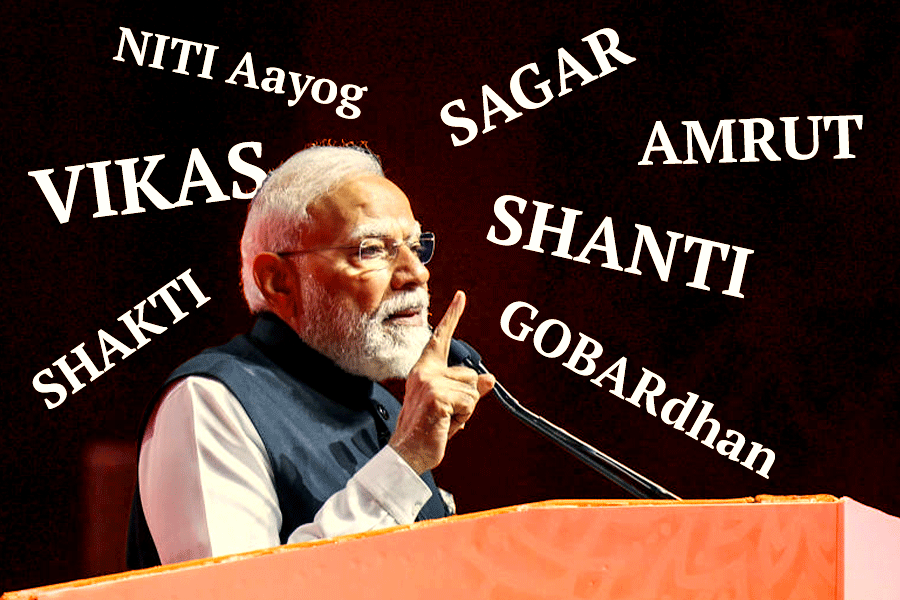The supply chain disruption of rare earth magnets caused by restrictions imposed by China will hurt the production of electric four and two-wheelers more than their counterparts that run on petrol or diesel because of the wider application of the material in battery-powered vehicles.
Industry estimates that the use of these items, which are negligible in cost but critical in function, is almost five times as much in electric cars and two-wheelers as in vehicles operating under the traditional internal combustion engines (ICE).
China, which accounts for 80 per cent of India’s import of 540 tonnes of rare earth magnets, clamped down on exports from early April, coinciding with the escalation in the trade war with the US.
By end-May 2025, nearly 30 import requests from Indian companies were endorsed by the Indian government, but none have yet been approved by the Chinese authorities, and no shipments have arrived, prompting rating agency Crisil to caution on Tuesday that a disruption lasting beyond a month can impact EV launches and affect production.
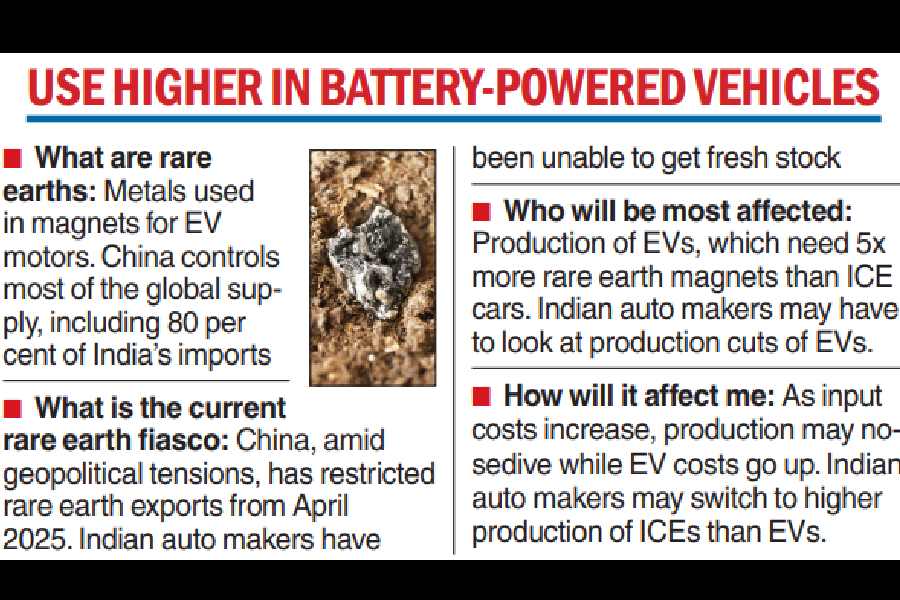
“While most auto makers currently have 4-6 weeks of inventory, prolonged delays could start affecting vehicle production, with EV models facing deferrals or rescheduling from July 2025. A broader impact on two-wheelers and ICE vehicles may follow if the supply bottlenecks persist for an extended period,” Anuj Sethi, senior director of Crisil Ratings, noted.
China is demanding detailed end-use disclosures and client declarations, including confirmation that the products will not be used in defence or re-exported to the US. With the clearance process taking at least 45 days, this added scrutiny has significantly delayed approvals.
EV versus ICE
China produces 70 per cent of rare earth — metals that are found at the bottom of the periodic table — and processes 90 per cent of them but its dominance is greatest for seven rare earths that it has mostly stopped exporting since early April: dysprosium, gadolinium, lutetium, samarium, scandium, terbium and yttrium.
The primary consumer of these seven metals is the automotive industry, particularly electric vehicles (EVs), which utilise a significant amount of heat-resistant rare earth magnets. These magnets are integral to permanent magnet synchronous motors, which offer high torque, energy efficiency, and compact size.
One of the compounds made from rare earth elements is neodymium-iron-boron, primarily used in traction motors for electric vehicles (EVs). These can generate a powerful magnetic field within a compact and energy-efficient size, which is used to rotate the wheels through connected axles. In contrast, the use of rare earth magnets in ICE is more peripheral but important, for instance, in motors for power steering and power windows.
Industry concerns
With the supply constraints in place, auto manufacturers may ration the use of the rare earth, prioritising the production of ICE vehicles given the lower requirement of volume.
On Tuesday, Reuters reported that Maruti Suzuki had cut near-term production targets for its maiden electric vehicle, e-Vitara, by two-thirds because of rare earths shortages.
Maruti has so far not gone full throttle with car models based on EV platforms like Tata Motors, the leader in India with 60 per cent share of the EV passenger vehicle market. In its latest annual report, the company observed that “unmanaged supply chain issues can lead to production delays and shortages” as a principal risk for the electrification transition, without mentioning any potential triggers.
“At the moment, the biggest concern seems to be with the electric vehicle manufacturers because the use of rare earth magnets is higher. Our estimates suggest that the Indian industry should be good for about two months. However, the suppliers will be running out of stock. We hope that the supplies resume soon,” said C.S. Vigneshwar, president of FADA, adding that the manufacturers have already been in touch with the government and the suppliers from China.
Traditional two-wheeler companies that have ventured into electric vehicles, such as Bajaj and TVS, and entrants such as Ola and Ather are also expected to be impacted.
Analysts tracking the sector did not rule out a price hike due to shortage as well, especially if the auto makers are forced to scout for alternative sources, even as the magnets contribute less than 5 per cent of a vehicle’s cost.
“Auto makers are engaging with alternative suppliers such as Vietnam, Indonesia, Japan, Australia and the US, while also optimising existing inventories,” Poonam Upadhyay, director of Crisil Ratings, said.
According to Vinit Bolinjkar, head of research, Ventura Securities, “Input costs will spike and may push EV prices higher, denting demand.”
The Indian EV market has seen a 15.31 per cent rise in sales in FY25 to reach around 20,26,184 units, according to data compiled by JMK Research.

